In the 1970s, Porsche for the first time attempted to build a luxury grand tourer; one that would sit at the very top of the company’s product line-up. A halo model of sorts. It had to be a luxury GT that’s easy to drive for long haul journeys, yet have enough power, poise and handling to be driven like a sports car.
The result was a rather odd-looking 2+2 grand tourer coupe called the Porsche 928. Much like the Panamera today, the engine (water-cooled V8s, displacing between 4.5 to 5.4 litres) was mounted in front, with drive sent to the rear wheels, although all-wheel drive variations were later introduced. With an overall length of 4.5 metres, it was the longest car to bear the iconic crest of Stuttgart during its time. Sales proved to be encouraging, but not at the rate Porsche expected.
Axed after an 18-year production run, the company once again undertook other endeavours to expand its portfolio, so came the Boxster in 1996, and Cayenne in 2002. Then in 2009, the first-generation Panamera was introduced, this time as a proper four-door saloon (or hatch, depending on how you see it) equipped with the latest toys, gadgets and technologies Porsche could offer. It was in spirit, a nod to the 928, albeit grown in every imaginable way.
Today, the Panamera lives life in second-generation guise, and much to everyone’s surprise, the Sport Turismo took the world by storm, five years after the concept was previewed in 2012 at the Paris motor show. Remember all the hullabaloo over how terribly whale-like its predecessor looked? Me neither.
Objectively, the Panamera Sport Turismo is a real beauty both in pictures and in the metal, with many singing praises of its shooting brake styling that’s still inevitably and distinctly Porsche. Fans have been quick to set up camps, some preferring the Sport Turismo, some the saloon. I belong in neither, fancying both just as much, but when forced at gunpoint the needle will likely point in the direction of the former.
The new design brings some practical benefits to the vehicle as well. The dimensions and wheelbase (5,049 mm long, 1,937 mm wide and 2,950 mm wheelbase) mirror its saloon brethren, but everything aft of the B-pillars is new. The raised roofline (up by five mm) grants rear occupants better headroom, and the steeply-raked D-pillars that blend into the taut shoulders lend a prominent visual unlike most shooting brakes today. And that silhouette? Yum.
Unique to the Panamera Sport Turismo is the adaptive spoiler – a central component to Porsche Active Aerodynamics – with three stages, one of which is capable of generating up to 50 kg of downforce at speed.
In normal driving, the spoiler remains retracted at an angle of -7.0 degrees for drag reduction, but in Sport and Sport Plus modes it automatically tilts to +1.0 degree when driving above 88 km/h. The third setting increases the angle to +26 degrees, but this is to keep wind noise low when the panoramic roof is open, and works only at speeds beyond 88 km/h.
Another improvement is the low loading height and larger cargo capacity. It’s only 20 litres larger in volume compared to the saloon, bringing the figure up to 425 litres (520 litres on non-hybrid Panamera Sport Turismos). It’s not particularly big for a wagon-bodied car, but it’s more than enough to fit a couple of mid-sized golf bags, minus the driver. If more space is required, simply folding the rear seats down will expand loading volume to 1,295 litres.
Naturally, the new styling gives way to some real hype, and Porsche wasted no time in expanding the line-up. At this point, there’s close to two dozen versions of the Panamera available globally. Picking the right one can be a challenge, because there’s two body styles, a standard or long-wheelbase (Panamera Executive), multiple petrol and diesel engines as well as plug-in hybrid offerings. Thanks, Porsche.
For most of us, the RM1.1 million Panamera 4S with its twin-turbo 2.9 litre V6 would surely suffice, providing ample power – 440 PS and 550 Nm – that should pacify the need for speed of all but the deranged. The very platform (which is all-new by the way) underpinning the car is designed to accommodate some levels of electrification from the ground up, which brings us to the Panamera 4 E-Hybrid Sport Turismo.
To simplify matters, it’s essentially the same car as the Panamera 4S, except that this gains an electric motor, an additional charging port and the ability to cruise in complete silence. The 2.9 litre V6 alone produces 330 PS and 450 Nm of torque (downtuned from non-hybrid Panamera 4S Sport Turismo’s 440 PS and 550 Nm).
In the PHEV, it gets a brand new 100 kW (136 hp, 400 Nm) electric motor that’s sandwiched between the engine and the transmission. At full pelt, the hybrid system generates 462 PS and 700 Nm of torque, figures which eclipse its predecessor’s 416 PS and 589 Nm combined output. It’s much quicker too, sprinting from 0-100 km/h in 4.6 seconds (4.4 seconds with Sport Chrono pack; the old S E-Hybrid gets there in 5.5 seconds) thanks to all-wheel drive (hence the 4 in the name), although top speed is only marginally higher at 275 km/h (+5 km/h).
Also up is weight: the entire hybrid system adds a good 275 kg to the kerb weight, with the 4 E-Hybrid Sport Turismo now tipping the scales at 2,265 kg (vs 1,990 kg for the non-hybrid Panamera 4S Sport Turismo). A new rapid-shifting eight-speed PDK (Porsche Doppelkupplung, dual-clutch auto) replaces the Aisin-made eight-speed slushbox of yore, doubling duties as a channeller of power to all four corners and as a recuperator of battery charge (up to -400 Nm).
Operationally, it’s really no different from any modern hybrids. Starting up requires a simple turn on the ignition (Porsche prefers the conventional twist-to-start than the mainstream push-to-start, although there’s no need to insert the key fob), and upon it arrives an air of quietness, followed only by the faint noise of air streaming out of the air vents to notify the driver when all systems go. It’s undeniably strange, this sensation of a “quiet Porsche”, but hey, sign of the times, eh?
The car enters E-Power mode by default, using only electricity as the sole means of propulsion. Electrical juice comes from a larger 14.1 kWh lithium-ion battery pack (installed under the boot floor, hence the smaller space) that is said to provide a pure e-range of up to 51 km (up from 36 km previously), but expect anywhere between 30 to 40 km in the real world. With enough charge, the Panamera will do up to 140 km/h in pure EV mode – five km/h more from the previous threshold.
For the daily drive, Hybrid mode would be my go-to choice. Our test drive stint in the busy streets of Stuttgart made it most convenient to sample the hybrid system, to which it excelled seamlessly in terms of powertrain transitions. Alternating between EV and hybrid is as muted and seamless as they come (good news for urban-heavy commuters), while reliably coping with the naughty-footed inputs on the throttle as the roads began to clear.
Models fitted with the Sport Chrono pack will get a drive mode dial (like Ferrari’s Manettino switch-dial) placed at the five o’ clock position of the steering wheel, allowing for extremely quick and intuitive toggling between four main drive modes – E-Power, Hybrid, Sport and Sport Plus. The fifth E-Charge mode, which prioritises charging the battery, can only be accessed from the centre console. There’s even a Sport Response button in the centre of the dial which, when depressed, gives 20 seconds of all-out performance.
Sport mode primes the engine, electric motor, transmission and steering for maximum sporty driving – great when overtaking cars on the freeway, even better when barrelling through serpentine roads. In this mode, whatever hint of lag is reduced to nil, the hybrid lethargy zapped and the heft, all 2.2 tonnes of it, gets casted into oblivion. Braking also feels more natural, although it isn’t all too disconnected in E-Power/Hybrid modes to begin with.
It’s in Sport that you feel all that firepower come to life, zinging to the redline with such effervescence that leaves one wanting more each time the throttle pedal gets buried. When fitted with the Porsche Active Suspension Management (with three levels of damping firmness) and air suspension, ride becomes hardly busy, even when traversing pockmarked roads in 20-inch hoops. In Sport Plus, the revs hold harder with a slight leeway in slip angle for some controlled fun, but the ever-reliable Porsche Stability Management (PSM) constantly keeps balance in check.
With 700 Nm on tap, there’s sufficient pace to overwhelm the senses, but one thing remains distinctly absent – the noise. It’s not a bad thing, because the Panamera is deliberately designed to isolate its occupants from external noise, that and the engine’s not mounted behind. If you wish to be aurally pleased, the Porsche sports exhaust works wonders and is one I personally recommend.
Our car, finished in striking Sapphire Blue metallic, was equipped with the optional rear-axle steering. Functionally, it steers up to 1.5 degrees in the same direction as the front wheels when cornering at speeds over 70 km/h, virtually lengthening the car’s wheelbase for increased stability. Anything lower than that, the rear wheels steer in the opposite direction (up to 2.8 degrees), shortening wheelbase for easy manoeuvrability, say, when driving in the city. Turning radius is also effectively smaller – up to 600 mm less.
It’s a simple trick, really, and a truly efficient one at that. There’s an actuator just above the front section of the rear differential, and it’s connected via a tie rod to each of the rear wheel mounts. For it to work, the actuator converts electrical impulses into a mechanical motion, which then steers the rear wheels. It’s different to the 911’s two single lever setup, but it’s no less effective.
The Panamera is also a platform for Porsche to flex all its muscle when designing the cabin. It’s bar none the best the automaker has ever made, with ample use of exquisite hide for the upholstery and touch-sensitive controls.
Elegantly integrated into the centre dash is a high-definition 12.3-inch touchscreen display, supporting multi-fingered gestures and even pinch-to-zoom controls. Together with Porsche Communication Management, the improved head unit now comes with a significant lot of functionalities to complement the Porsche Advanced Cockpit. Even the central pair of air vents have digital controls to change blowing direction!
Now, it’s all fun and games and surely makes for an impressive party trick, but familiarising with all the buttons (with haptic feedback too, ok!) will definitely take a while, so be prepared to spare some time and patience – the latter extremely useful when wiping off them fingerprints – to get properly acquainted with the system.
As for the driver, the new instrument cluster resting behind the three-spoke wheel is dominated by an analogue rev counter in the middle. On each of its side rests a 7.0-inch digital display that feeds a multitude of information, from speedometer, GPS navigation, external temperature and so on.
From a rear passenger’s point of view, legroom is adequate with some room to spare, but nothing worth writing home about. If you’re coming from the W222 S-Class or any of its equivalent rivals, this one doesn’t stand a chance. It’s closer to the W213 E-Class in terms of legroom, but with a far tighter footwell – for everyone, really.
Moving on, the standard +1 seating (the middle spot, everyone’s least favourite place to be in a car, unless you’re five – available on the Panamera for the very first time on the Sport Turismo) is perhaps best reserved for pint-sized adults or adolescents, so it’s wise for one to go for the four-seater option unless absolutely required.
Our test unit is quite generously specced with items such as carbon-fibre interior trims, 18-way powered adaptive sports seats (with lumbar and thigh inflators as well) and even the Porsche Ceramic Composite Brake (PCCB) with yellow calipers on the outside, all of which combined would drive up the sticker price to a pretty handsome sum.
The Porsche Panamera Sport Turismo recently made its Malaysian debut in Turbo guise, although no prices or ballpark figures have been announced until 2018 when it’s officially launched. Three variants have been confirmed and the 4 E-Hybrid, as you would have guessed, will be among the mix. Expect this 4 E-Hybrid Sport Turismo to carry a heftier price tag than the old S Hybrid’s RM910k base price.
In totality, the Panamera 4 E-Hybrid Sport Turismo presents a strong case for itself, especially so in the engineering department. Porsche says much of the electrification technology is adapted from the 918 Spyder, so in one sense you’re getting Porsche’s latest and greatest e-tech for a fraction of what the sold-out Stuttgart hypercar costs.
For me, the idea of a plug-in Porsche still hasn’t properly sunk in, even after spending some time in it around Stuttgart in the tree-hugging, dead silent Panamera wagon. But judging by the rate Porsche is going with its e-mobility plan, owning a “quiet Porsche” may soon be the new norm.
Looking to sell your car? Sell it with Carro.


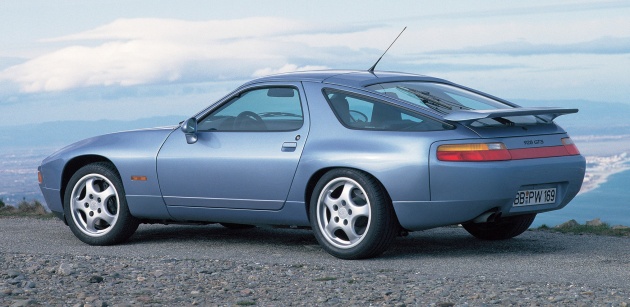


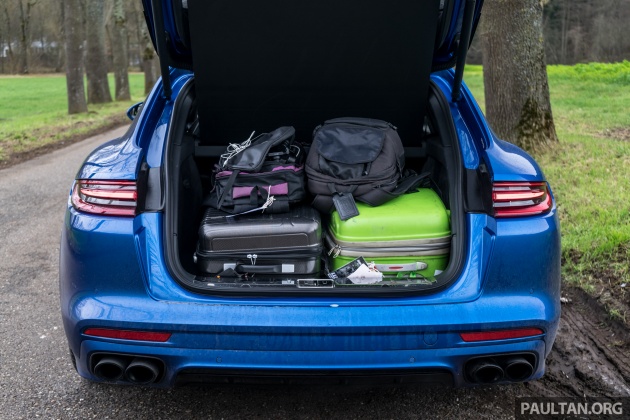


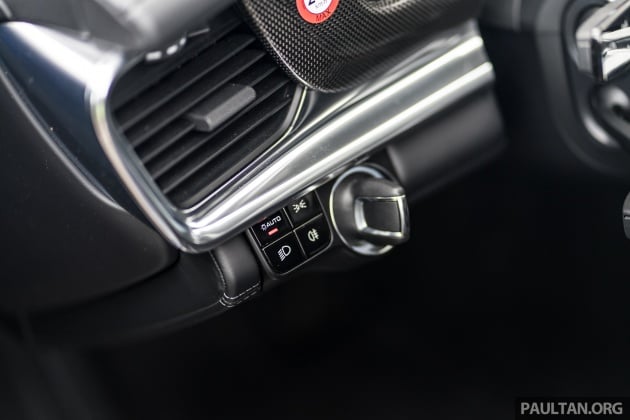
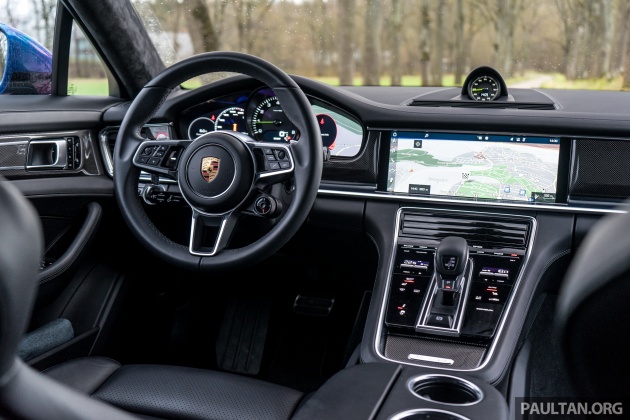


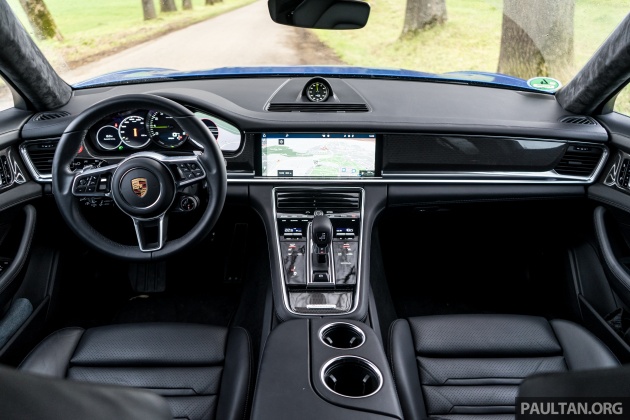



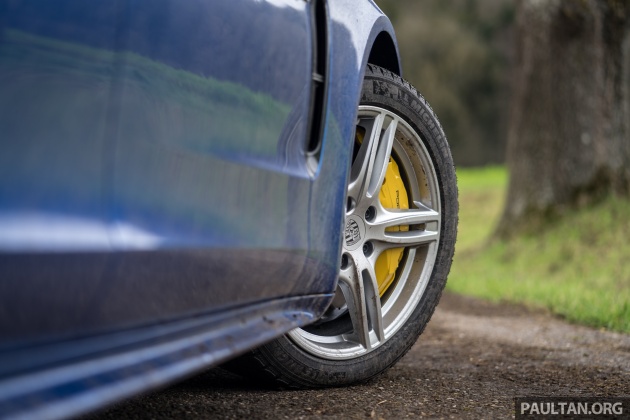
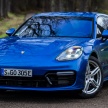
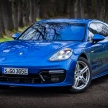

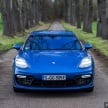

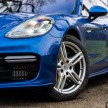
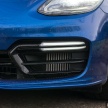
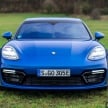
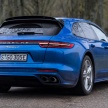
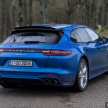

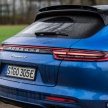
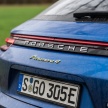
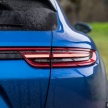
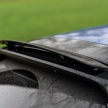
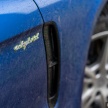
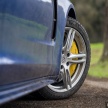




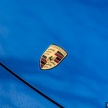
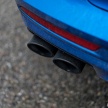
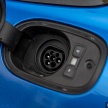
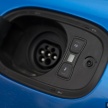
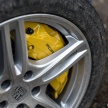
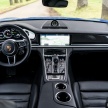
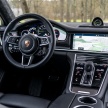
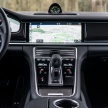
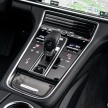
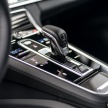
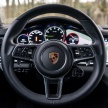
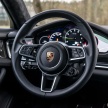
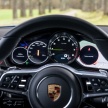
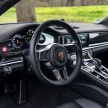
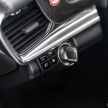

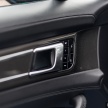
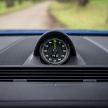
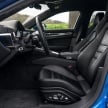
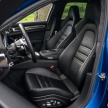
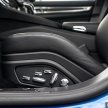
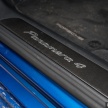
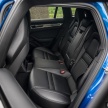
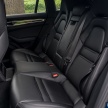
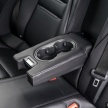
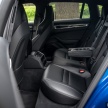
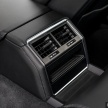
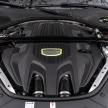
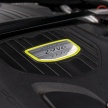



Porsche. What an amazing car company. Makes so few models, yet it is the world’s most profitable car company.
It’s also profitable to sell reconditioned models here too. Just look at the price the dealers are asking for a 2013 Boxster or a 2015 basic Macan
Yeah right and have to be sold to VW. A profitable company will not sell to cheaper brand….
I actually like the 928. It’s a very handsome design. Still looks classy today. Wish Porsche would make another 2 door transaxle GT. Or just make a Panamera coupe.
The Porsche 928 GTS is another iconic design (alongside 944/968) in Porsche history, and the later updated (early 1990s) model is definitely the best looking. Hopefully Porsche could produce a new GT model based on the Panamera chassis in the near future.
What all wheel drive 928 ?